The linear stapler is designed to create two parallel rows of staples on each side of the cutting line with a single press. This fast and reliable suturing technique connects the cut tissues while reducing the risk of bleeding and infection. Surgeons can use this tool to precisely cut and staple sensitive and highly vascular tissues, improving the quality of surgery and speeding up patients’ recovery.
Linear staplers are available in various types and sizes based on the surgical needs and applications:
Types of Linear Staplers:
Simple Linear Stapler: This stapler only staples tissues together without making a cut, used for joining tissues without the need for cutting.
Cutting Linear Stapler (Cutter): In addition to stapling, this type includes a cutting blade that simultaneously cuts and staples the tissue, commonly used in gastrointestinal surgeries.
Sizes of Linear Staplers: Linear staplers come in different lengths and staple heights. The lengths typically range from 30 mm to 100 mm, and staple heights vary from 1.0 mm to 4.8 mm. The choice of size depends on the thickness and type of tissue, the surgical site, and the need for different suture lengths.
The use of a linear stapler enhances speed and precision in surgery, providing the ability to quickly and accurately close the cut tissues. By creating two parallel rows of staples, it helps reduce bleeding and increases patient safety. However, selecting the right type and size of stapler is essential to avoid tissue damage and achieve optimal results.
With its various types and sizes, the linear stapler is an effective and efficient tool in modern surgeries. It contributes to faster healing by creating strong sutures and reducing surgical complications, making it one of the most significant advancements in surgical equipment.


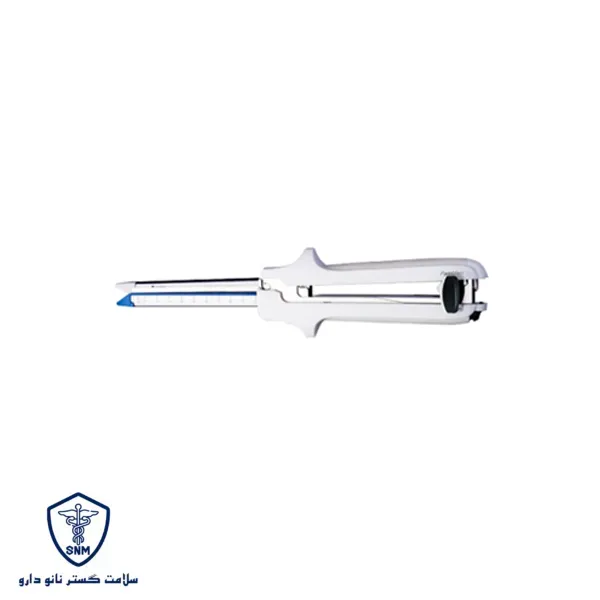
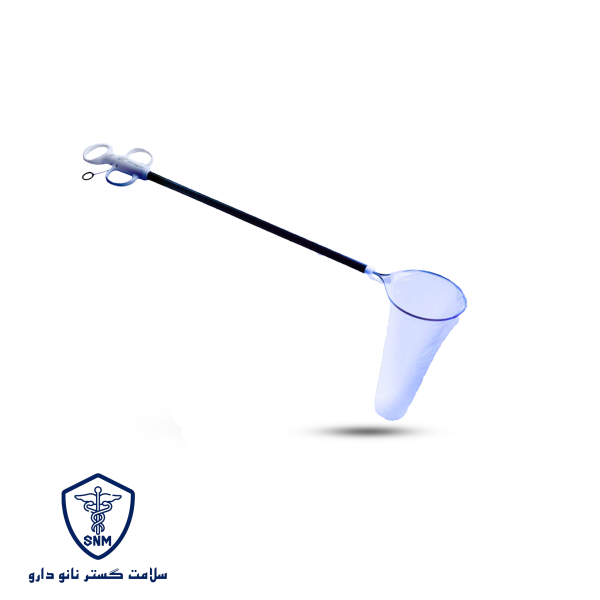
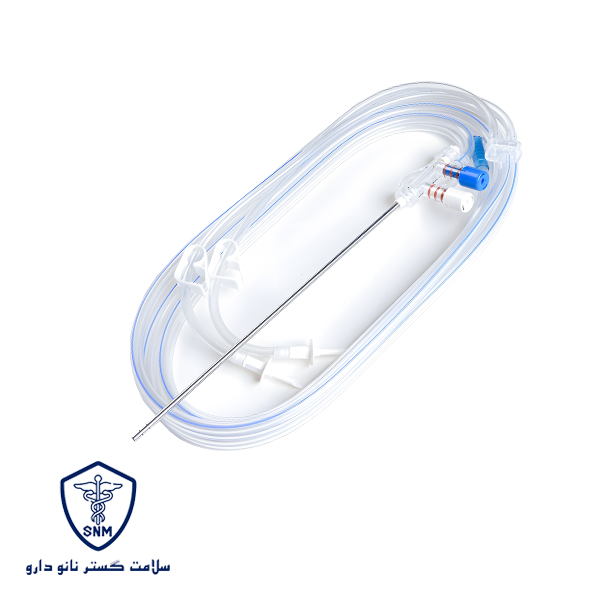

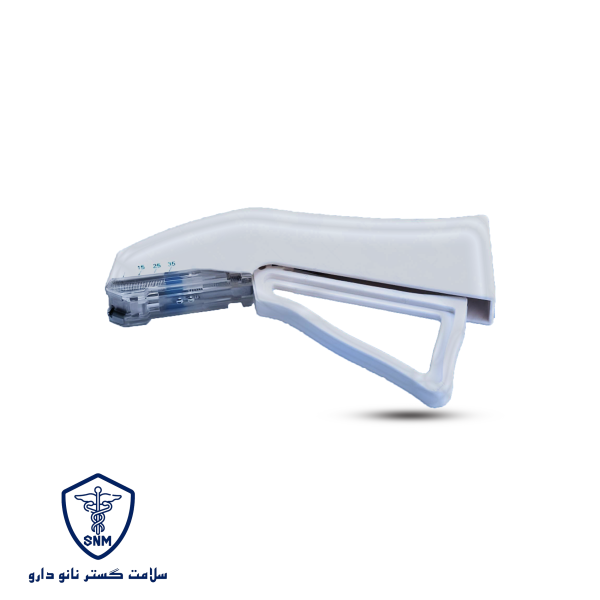
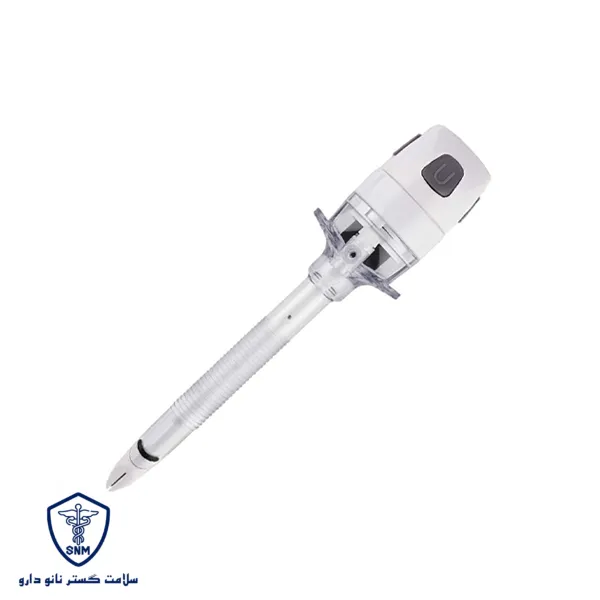
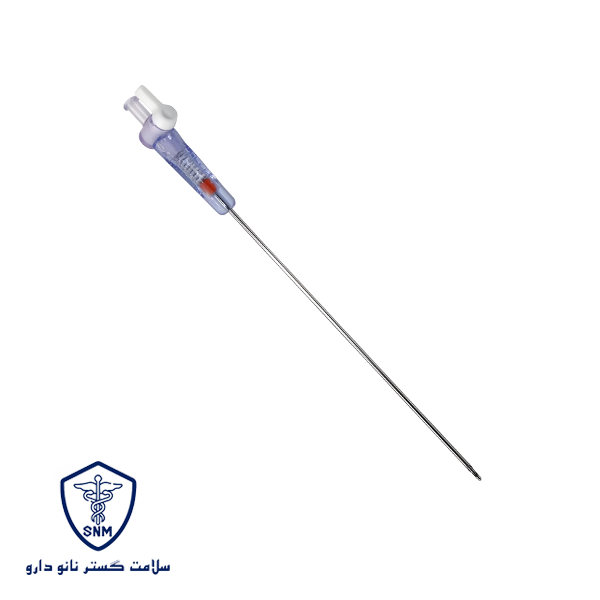
Reviews
There are no reviews yet.